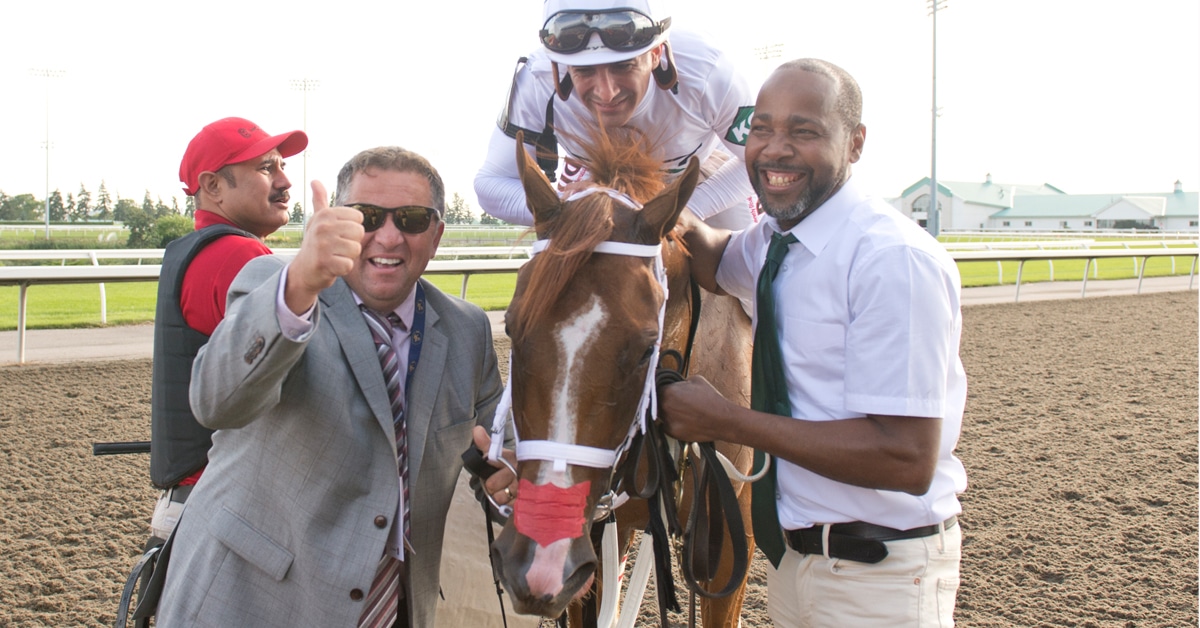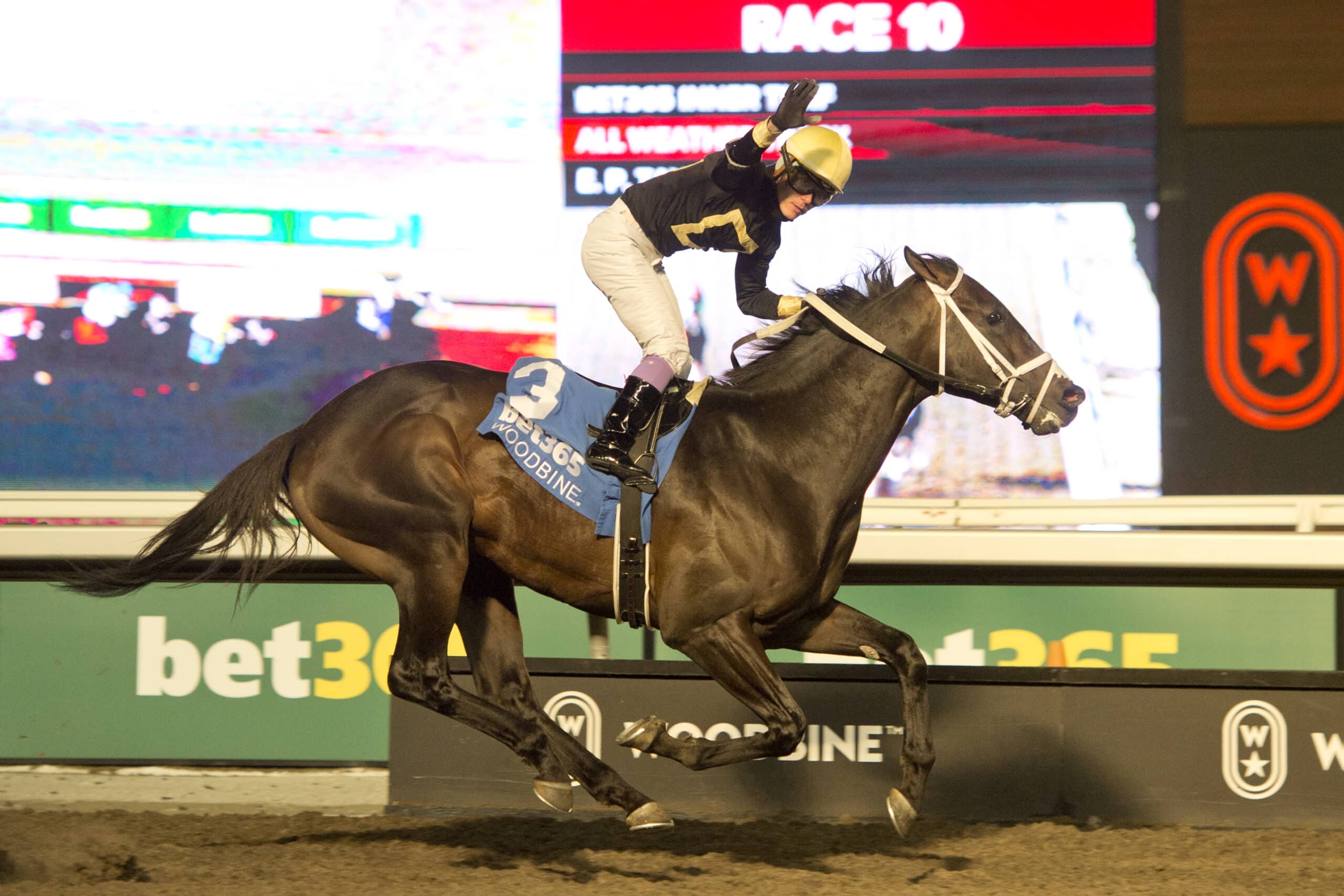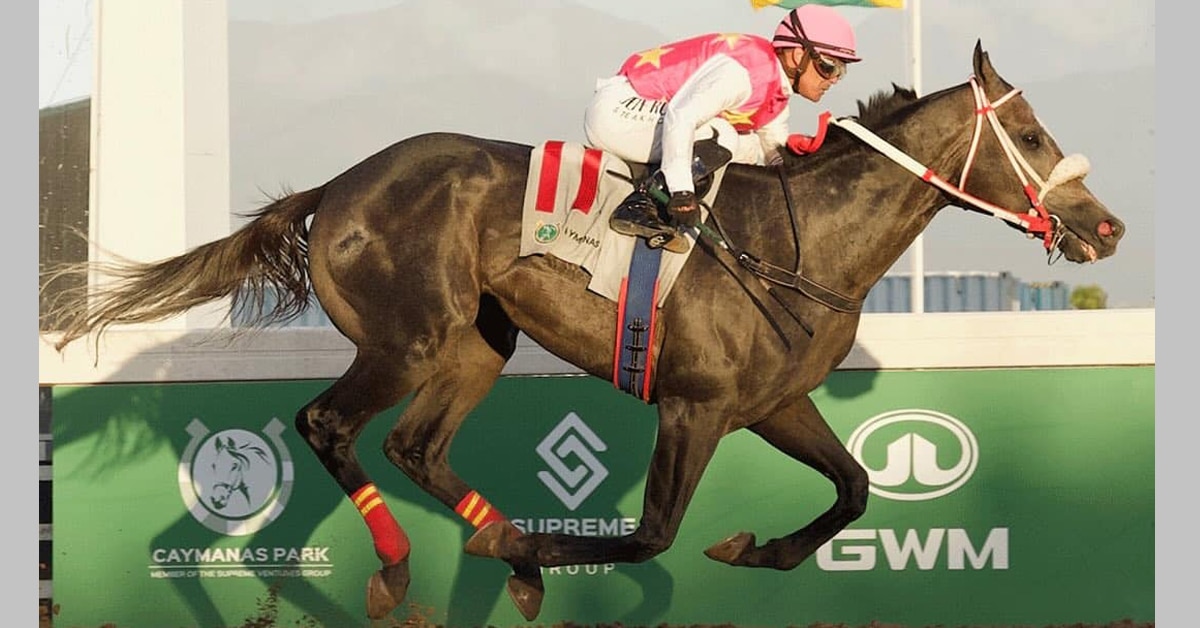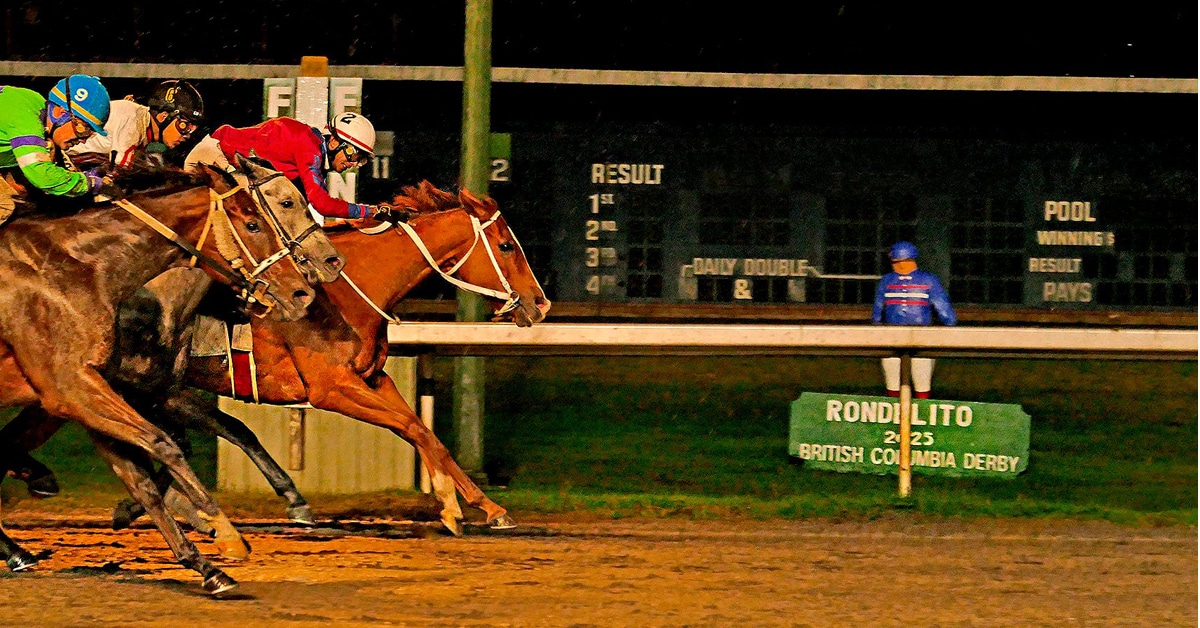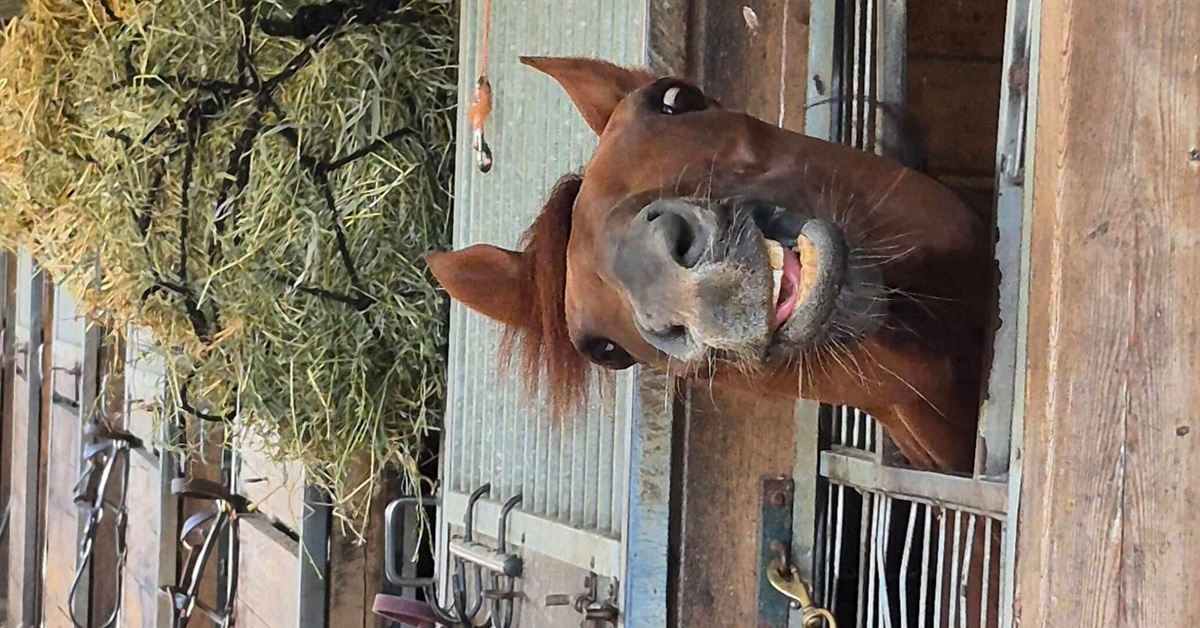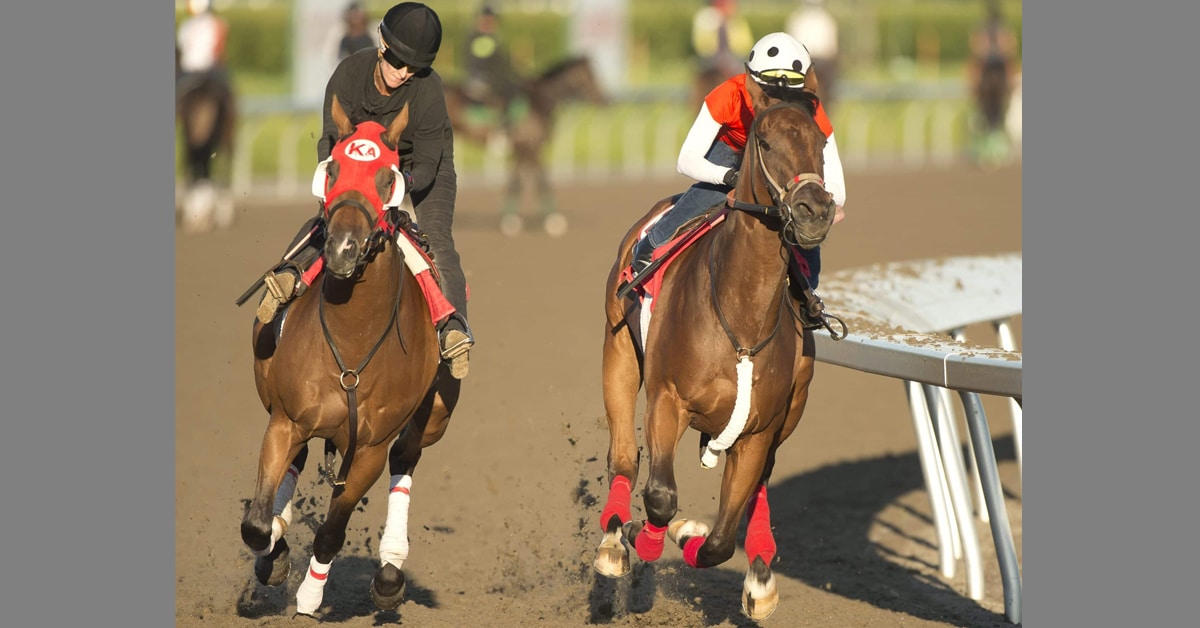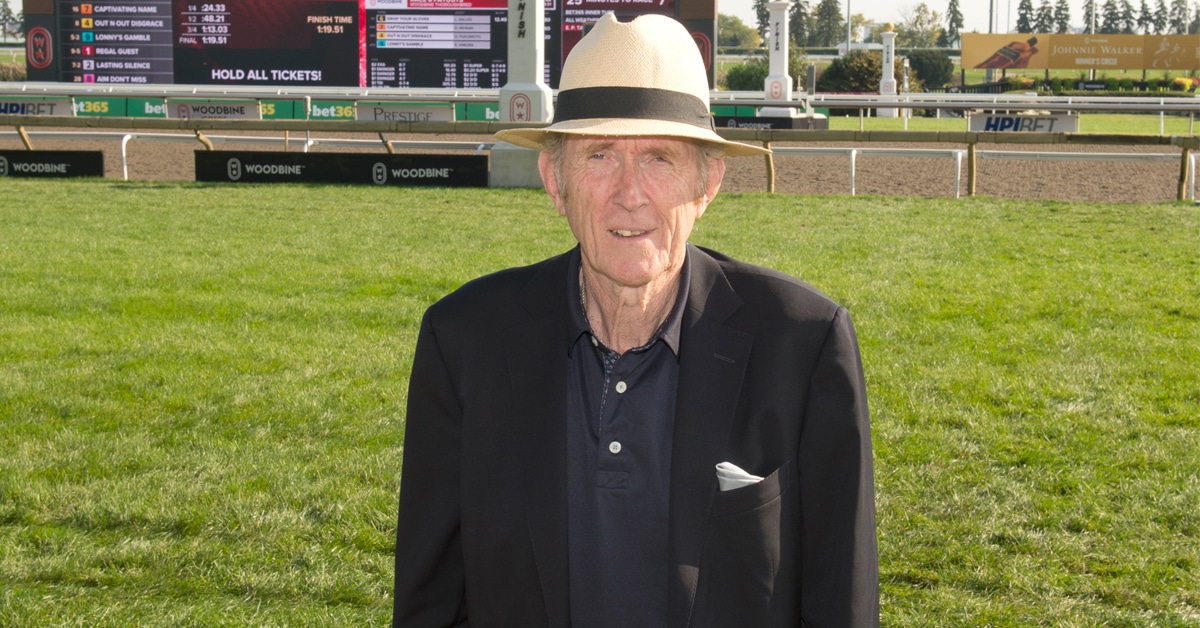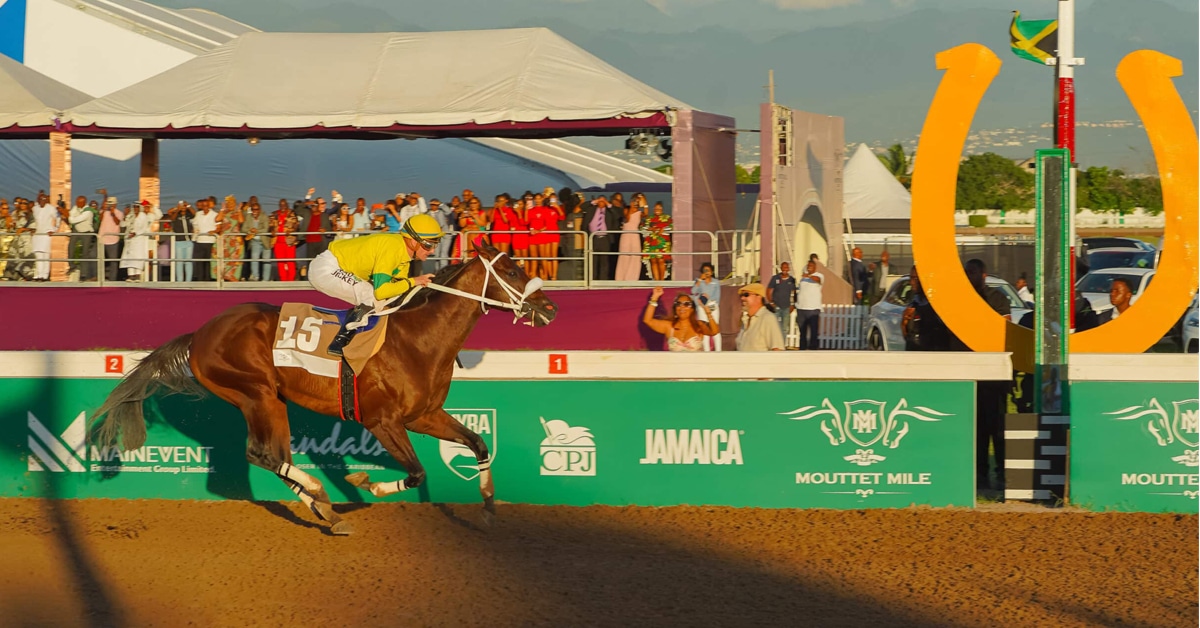It seems to me that the winners here at Tryon are “unbelievably happy” and the losers “are building towards Tokyo”. Canada has come away from WEG with not a single medal from the seven disciplines in which they competed. It is what it is. Everyone is trying their best; there is no lack of desire or support. Celebrate the good times, roll with the lows. Gain from the loss, move forward.
Therefore rather than dwelling on the negatives, I would much rather applaud the positives. There are fantastic achievements and lovely stories to come out of this WEG; they just do not happen to be ours.
Today those of us here and those at home watching on TV were treated to three superlative final rounds from the medalists in show jumping. Simone Blum added just one time fault over four rounds to her first day’s score to win the gold medal on DSP Alice. The 29-year-old, competing in her first major championship, is the first woman to win a WEG jumping championship. Now she can look forward to her wedding next month to fiancé Hans Gunther Goskowitz, 42, without having to worry about anything but the ceremony. For Martin Fuchs and Steve Guerdat, who are neighbors and practically family – a family steeped in horsemanship and camaraderie – sharing the podium is a momentus, emotional, joyful event. It is the Games’ highlight for me.
Second Generation Success

Maurice Tebbel
While Simone herself is the offspring of a former eventer, Juergen Blum, who competed for Germany at the Atlanta Olympics, Steve, 36, and Martin, 26, have known each other since childhood. Their fathers, Philippe and Thomas, as well as Martin’s uncle Markus, all jumped together on Swiss teams throughout the late 80s, including the Seoul Olympic Games in 1988.

Jon Jonsson, Olympic medalist for Sweden with his 11-year-old grandson Emil (who intends on being no 1 in the world one day) and his son, WEG Team silver medalist Fredrik Jonsson.
It’s brilliant to see so many of the second generation carrying on family tradition. Three quarters of the Swiss jumping team are the offspring of international show jumpers. As well as Steve and Martin, Janika Sprunger is the daughter of Hansueli, a World Cup finalist and elite coach. Only Werner Muff comes from a non-jumping family. For Belgium there is the very handsome Nicola Philippaerts (he really is beautiful) upholding his family’s honor, as is William Whitaker for Great Britain. Maurice Tebbel follows in the footsteps of his father Rene, who jumped for Germany for many years and recently represented Ukraine in Rio. Another notable family tie concerns Fredrik Jonsson, team silver medallist for Sweden. Fredrik, who is married to former Olympic Finnish three-day eventer Pia Pantsu, is the son of Jan Jonsson who won an individual bronze medal in eventing at the 1972 Munich Olympics. Fredrik’s son Emil, 11, says his ambition is to be World No 1 one day.
But you have to hand the prize to the Dutch at WEG for fielding two four-in-hand teams, one driven by Ijsbrand Chardon, 57, and the other by his 25-year-old son Bram.

Bram and Ijsbrand Chardon.
Speaking of Driving, there was no repeat of yesterday’s drama today. The USA retained their position on top of the leaderboard to become World Champions for the first time, defeating the Dutch who have dominated the top step since 2008. Aussie Boyd Exell gave a masterclass in Cones Driving to win his fifth individual world title in a row. The FEI blamed human error for the shenanigans surrounding the fluctuating results of the marathon. Apparently, the timer radioed the wrong number (1min 40sec, or the receiver misheard) when the correct time for Bram Chardon through obstacle 6 was 1min 04sec. This still doesn’t explain why or who allowed a coax cable to be laid across the path of oncoming horses.
Art Works
Apart from the dust, the heat, and the construction site situation, the bits of the TIEC that are complete are very nicely done. The buildings are all very attractive and the interior finishes are what I would call “designer rustic.” One particularly pleasant feature of the equestrian park is the display of equine artwork scattered about. The sculptures, in permanent and prominent positions around the grounds include Anna Hyatt Huntington’s Fighting Stallions. The life size piece by the Carolina sculptor stands near the entrance and is made of scrap metal. Peter Busby’s steel mesh grazing horse looms large at the entrance to the Legend’s club. Also featuring on the Longines Plaza is Stephanie Revennaugh’s Epeius, a bold, imposing work of bronze and steel.
Dream Horse
Vaulting is a discipline I know nothing about. However I met some enthusiastic young ladies who gave me a lesson on what a dream vaulting horse should be. Breeders take note: the perfect vaulting horse is very hard to find.

Jessica Bentzen and Korynn Weber describe the perfect vaulting horse.
The type rather depends on personal preference. Some vaulters like them with a little more energy some prefer calm and quiet. Height and shape also depends on the vaulter. Some like taller horses and the space to move around. A shorter individual can get away with 16hh if it has the right body. If they have the mind and they have the rhythm you can vault on any shape or size. A broad back is not always a prerequisite. “If they have a small back you just get used to it,” says Jessica Bentzen who competed for Canada as an individual and in the Pas de Deux. It’s a smaller landing platform though surely? “It makes it more of a challenge but if they have the canter and do the job and build the connection you get used to the space you have.”
Mostly they have to be forgiving and understanding of what the vaulter is doing. “If they have even a little bit of that they are worth putting the time in,” said Jessica. Teammate Korynn Weber said the biggest thing for her is that a vaulting horse must have self-confidence. “Obviously you don’t want them always making their own decisions but when it comes down to it and they are 15 meters away from you they have to have the confidence to make the choice to do what they need to do and stay under the vaulter and not be scared of this and that. They need to be able to think and act but also be willing to listen to the lunger.”
The chance of finding all these factors in one horse is slim. As Jessica says, “You can try a hundred and find one.”
More News
